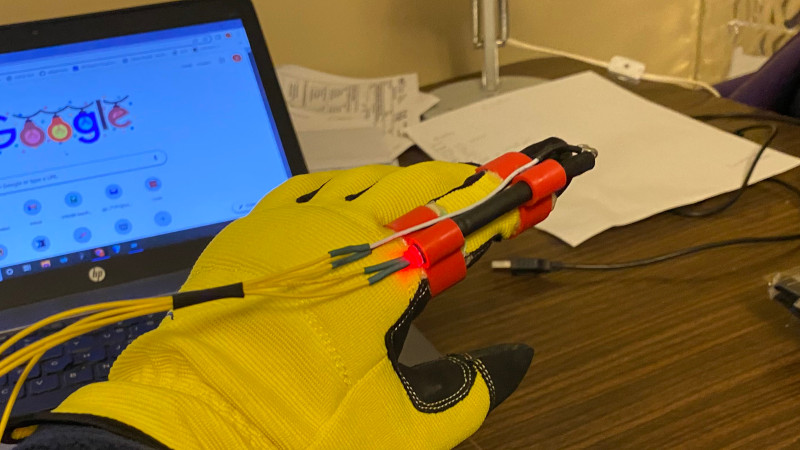Adjusting the volume dial on a sound system, sensing your finger position on a touch screen, and knowing when someone’s in the car are just a few examples of where you encounter variable resistors in everyday life. The ability to change resistance means the ability to interact, and that’s why variable resistance devices are found in so many things.
The principles are the same, but there are so many ways to split a volt. Let’s take a look at what goes into rotary pots, reostats, membrane potentiometers, resistive touchscreens, force sensitive resistors, as well as flex and stretch sensors.
Potentiometer
…read more
 Continue reading Resistance in Motion: What You Should Know About Variable Resistors→
Continue reading Resistance in Motion: What You Should Know About Variable Resistors→

